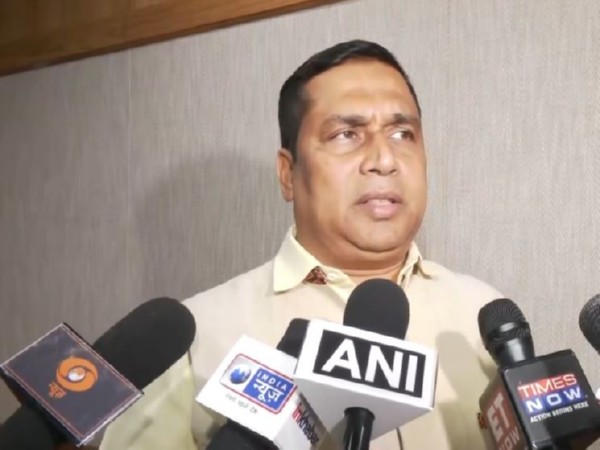Guwahati's Urban Transformation: A Roadmap for Flood Resilience and Infrastructure Revival
Assam's Housing Minister unveils a plan to address Guwahati's floods and urban challenges. Strategies include desiltation, drainage solutions, and community involvement to ensure sustainable development. Monitoring committees and scientific approaches aim to enhance water management, with significant investments in infrastructure and ecological conservation to foster a resilient city.

- Country:
- India
In a decisive move to address Guwahati's recurring artificial floods and bolster urban infrastructure, Assam's Housing and Urban Affairs Minister, Jayanta Mallabaruah, revealed an extensive plan on Thursday. Speaking at a press conference, the minister detailed the government's methodical strategy to tackle the city's drainage issues, aiming for a sustainable and flood-resilient future.
The Minister announced that desiltation efforts are progressing, with the first phase set to conclude by March, preemptively combating April's typical flood season. He emphasized the importance of public feedback to ensure transparency and accountability in the process.
Enhancing oversight, the government has instituted 21 Monitoring Committees under the DDMA Act. These consist of department officials, ward representatives, and citizens, all of whom will operate following a Standard Operating Procedure. Minister Baruah further instructed vigilance over contractors with unusually low bids to maintain project quality. The initiative underscores a commitment to a scientific and systematic flood control approach, leveraging advanced drainage solutions and technical studies to effectively guide city waters from Silsaku Beel to the Brahmaputra River.
In efforts to maintain city drainage, major conduits are cleaned with super sucker machines, while manual desilting of smaller drains is conducted by GMC, GMDA, and PWD under committee oversight. The Khanapara sector is also underwork to manage runoff from Meghalaya, complemented by satellite monitoring of illegal constructions affecting city drainage.
Minister Baruah reaffirmed ambitions to restore Guwahati's natural water bodies, announcing plans to transform Silsaku Beel into a vast reservoir for long-term flood mitigation. Illegal structures near Silsaku Beel face demolition, with cleanup and excavation commencing soon. Urban sanitation improvements include developing Borsola, Silsaku, and Boragaon as principal sewage treatment hubs, supported by a Rs 1,460 crore budget.
An additional Boragaon Retention Tank will channel excess water to the Brahmaputra via Deepor Beel. The government also plans ecological projects like open spaces and a Legacy Urban Forest in Boragaon. The Guwahati Jal Board will assume responsibility for the city's water supply from GMC starting July 1, initially subsidizing transitions.
The water supply is set to begin in Panbazar and Uzanbazar, with free connections for ration card holders. Future expansions will include Narakasur Hill and Kamakhya areas. Addressing pipe bursts, IIT Guwahati recommended Surge Tanks; however, challenges persist. Robotic surveys indicated welding degradation in pipes, prompting ongoing repair work to secure uninterrupted water delivery.
Minister Baruah also indicated plans for a PMAY-U clustered housing initiative for residents in Guwahati's hill areas. He stressed the necessity of integrated urban planning in collaboration with entities like Railway, OIL, and NHAI to holistically tackle the city's infrastructure challenges.
Calling for public participation, Minister Mallabaruah emphasized the projects' success hinges on collective effort, timely actions, and community engagement. He asserted the government's commitment to making Guwahati a flood-resilient, well-planned city and appealed for cooperation from all stakeholders, including media and the public, to realize these objectives.
(With inputs from agencies.)










